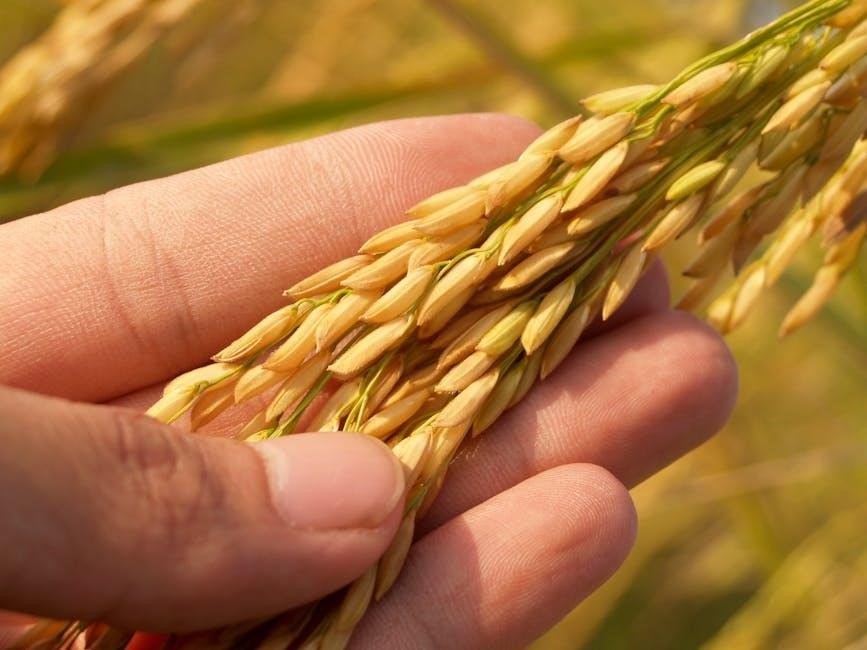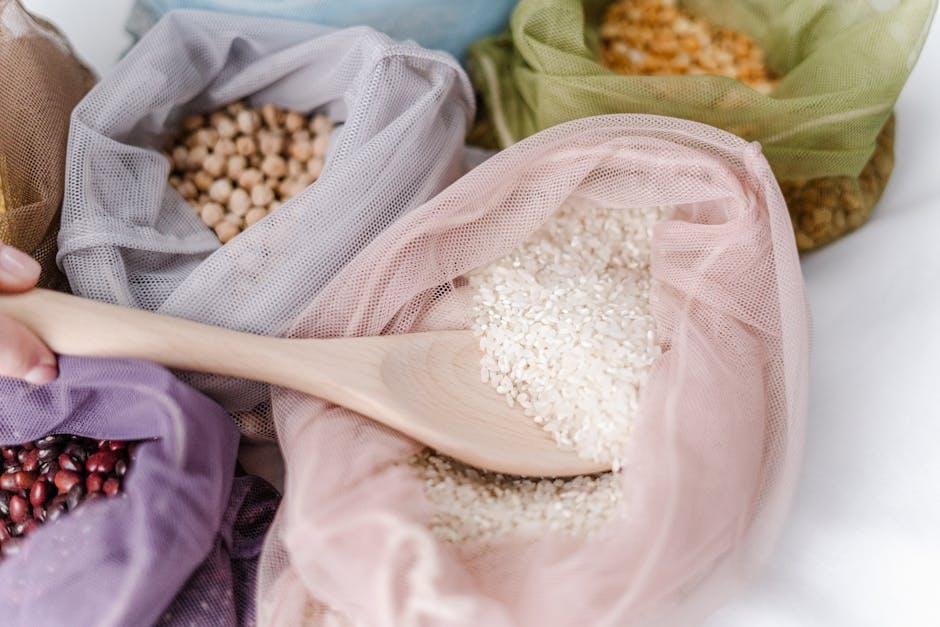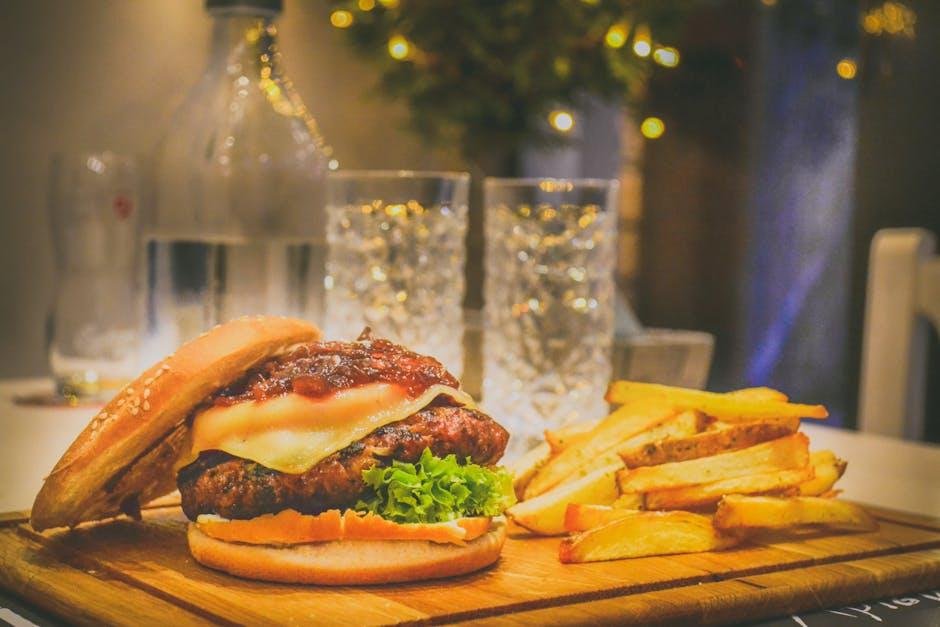In a world where culinary preferences can spark lively debates and cherished traditions collide at the dinner table, the art of politely declining rice and noodles can be a delicate dance. whether you’re navigating the nuanced landscape of cultural gatherings,managing dietary restrictions,or simply opting for a different culinary path,knowing how to express your choice with grace and respect is essential.This article delves into the etiquette of saying “no” to these beloved staples without offending hosts or straying from the customs of the moment.Join us as we explore thoughtful phrases,tactful approaches,and the subtle nuances of interaction that allow you to maintain harmony in any meal setting while honoring your own choices.
Understanding the Cultural Significance of Rice and Noodles
Rice and noodles are more than mere staples; they embody the essence of various cultures, nourishing not just bodies but traditions and social bonds. In many asian countries, rice serves as a foundation of daily meals, symbolizing prosperity and fertility. It is often present at significant life events, such as weddings and festivals, signifying abundance and harmony. Similarly, noodles, particularly in Chinese and Italian cuisines, represent longevity and celebration. These dishes are often revered in rituals, reinforcing community ties and familial connections. This cultural reverence adds layers of meaning to the simple act of dining, transforming it into a celebration of heritage.
When navigating social situations that involve these cherished dishes, it is vital to approach your refusal with sensitivity and respect. Opt for graceful alternatives that maintain the integrity of your relationship with your hosts while advocating for your preferences.Consider the following thoughtful approaches:
- Express Gratitude: Thank your host for their generosity in offering the meal.
- Opt for personal Health: Share that dietary choices are linked to health needs without delving into specifics.
- Suggest an Alternate dish: Propose another option you can enjoy together, encouraging culinary exploration.
- Generous Compliments: compliment the presentation and aroma, showing appreciation for the effort put into the meal.

Crafting Your Response: Polite Alternatives to Declining
When faced with the culinary quandary of saying no to rice and noodles, it’s essential to express your sentiments with both grace and thoughtfulness. Consider using phrases that acknowledge the offering while gently steering the conversation away from those particular dishes. Here are some polite alternatives you might find helpful:
- “Thank you for the offer, but I’m currently exploring a different type of cuisine.”
- “those look tasty, but I’ve had my fill. I appreciate the thought!”
- “I’m on a bit of a food adventure right now. Let me try something else this time!”
- “I’m going to have to pass this time, but I’m sure they’re fantastic!”
In social settings, it can often feel daunting to decline a dish that holds cultural significance or is a labor of love for the chef. In such cases, a humble yet appreciative approach can work wonders. Here are a few creative responses to keep the atmosphere light:
| Response | Reason |
|---|---|
| “I’m really focusing on lower-carb options today.” | Shows you’re mindful of your eating habits. |
| “I’ve got a sensitive stomach today, but I’d love to enjoy your dessert!” | Gently shifts focus to another dish. |
| “I’m saving room for a special treat later!” | Creates curiosity while providing an excuse. |

Creative Substitutes: Satisfying Options Beyond Grains
When it comes to finding alternatives to conventional grains like rice and noodles, the culinary world is bursting with creative options that can satisfy your cravings without compromising on flavor. Here are some delightful substitutes that you might enjoy:
- Quinoa: Rich in protein and fiber, this nutty grain-like seed provides a fluffy texture and is gluten-free.
- Cauliflower Rice: Riced cauliflower is a fantastic low-carb alternative that works beautifully in stir-fries and as a side dish.
- zoodles: Spiralized zucchini makes for a fresh,crunchy pasta substitute that pairs well with a variety of sauces.
- Shirataki Noodles: Made from konjac yams, these noodles boast virtually no calories and are a popular choice for low-carb enthusiasts.
For a more hearty option, consider legumes and vegetables that can serve as satisfying bases. Think of chickpeas or lentils for a protein-packed meal, or roasted sweet potatoes, which add a natural sweetness and robustness. Explore the following table to discover how these options stack up against traditional grains:
| Substitute | Texture | Key Nutrients |
|---|---|---|
| quinoa | Fluffy | Protein, Fiber |
| Cauliflower Rice | Rice-like | Vitamins C, K |
| Zoodles | Crisp | Vitamin A, C |
| Shirataki Noodles | Smooth | Low Calorie |
| Chickpeas | Firm | Protein, Folate |
| Sweet Potatoes | Soft | Vitamin A, Fiber |

Navigating Social Situations: Maintaining Friendships While Saying No
Maintaining friendships while setting boundaries can be tricky, especially when it comes to social dining experiences. When opting out of rice and noodles, it’s essential to convey your preferences gracefully. here are a few approaches that may help you navigate these conversations:
- Be Honest Yet Considerate: Transparency is key. A simple, “I’m trying to cut back on carbs for my health,” communicates your choice without alienating others.
- suggest Alternatives: When the dish of the night is rice and noodles, pivot the conversation. You might say, “How about we try a new restaurant with more varied options next time?” This promotes future outings without shutting down the current one.
Additionally, reinforcing your commitments with a positive twist can soften the impact of saying no. It’s about framing your response in a way that fosters understanding and connection. Consider the table below for some example phrases:
| Situation | Suggested Response |
|---|---|
| At a friend’s dinner party | “Thanks for the invite! I’ll stick with the salad tonight, but I’d love to try that dessert!” |
| During a spontaneous outing | “Sounds fun! Just so you know, I’m avoiding heavy carbs these days.” |
| When planning meals with friends | “How about we explore a place with more variety next time?” |
In Retrospect
navigating the delicate dance of meal etiquette can often leave us at a crossroads, especially when faced with beloved staples like rice and noodles. however,embracing the art of saying “no” doesn’t need to be daunting. By harnessing thoughtful language,respectful expressions,and a touch of humor,you can graciously decline these dishes without offending hosts or fellow diners. Remember, the key lies in sincerity and kindness; most will appreciate your honesty and understand your dietary choices. As you venture forth on your culinary journey, carry these tips with you, and may every meal you encounter be both enjoyable and aligned with your preferences. After all, dining is not just about the food on your plate, but about the connections we build and the experiences we share. So, go ahead, savor what you love and feel empowered to say no when it doesn’t serve you!




